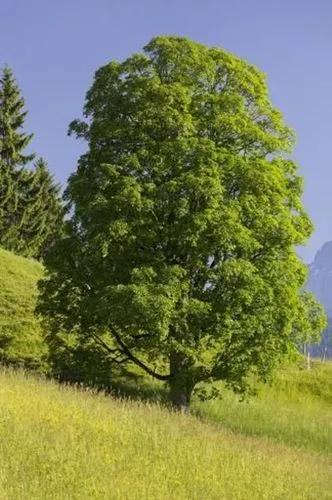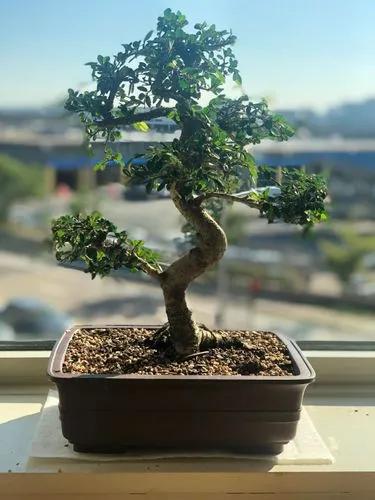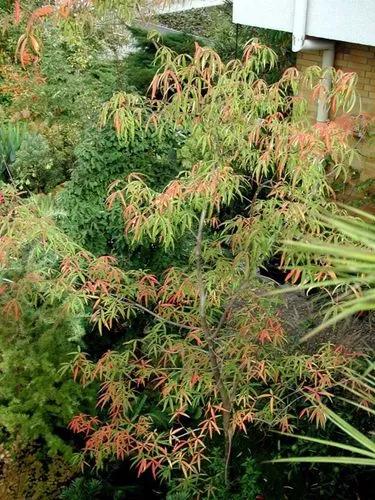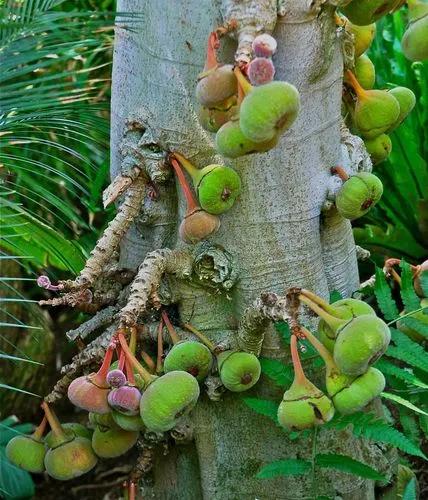Ulmus crassifolia Nutt., the Texas cedar elm or simply cedar elm, is a deciduous tree native to south central North America, mainly in southern and eastern Texas, southern Oklahoma, Arkansas and Louisiana, with small populations in western Mississippi, southwest Tennessee and north central Florida; it also occurs in northeastern Mexico. It is the most common elm tree in Texas. The tree typically grows well in flat valley bottom areas referred to as 'Cedar Elm Flats'. The common name 'cedar elm' is derived from the trees' association with juniper trees, locally known as cedars.
Texas Cedar Elm Care
Ulmus Crassifolia



Cedar elm (Ulmus crassifolia) grows rapidly to medium or large size in the Southern United States and northeastern Mexico, where it may sometimes be called basket elm, red elm, southern rock elm, or olmo (Spanish). It usually is found on moist, limestone soils along water courses with other bottomland trees, but it also grows on dry limestone hills. The wood is very strong; the lumber is mixed with other southern elm species and sold as rock elm. Its seeds are eaten by several species of birds. Within its range, cedar elm is often planted as an ornamental shade tree. It has the smallest leaves of any native elm and is one of two that flower in the fall. The cedar elm is a medium to large deciduous tree growing to 24–27 m tall with a rounded crown. The leaves are small, 2.5–5 cm long by 1.3–2 cm broad, with an oblique base, and distinguish it from Ulmus serotina with which it readily hybridizes in the wild. Leaf fall is late, often in early winter. The wind-pollinated apetalous perfect flowers are produced in the late summer or early fall; they are small and inconspicuous, with a reddish-purple color. The fruit is a small winged samara 8–10 mm long, maturing quickly after the flowering in late fall.
How to Care for the Plant

Popularity

732 people already have this plant 40 people have added this plant to their wishlists
Discover more plants with the list below
Popular articles






